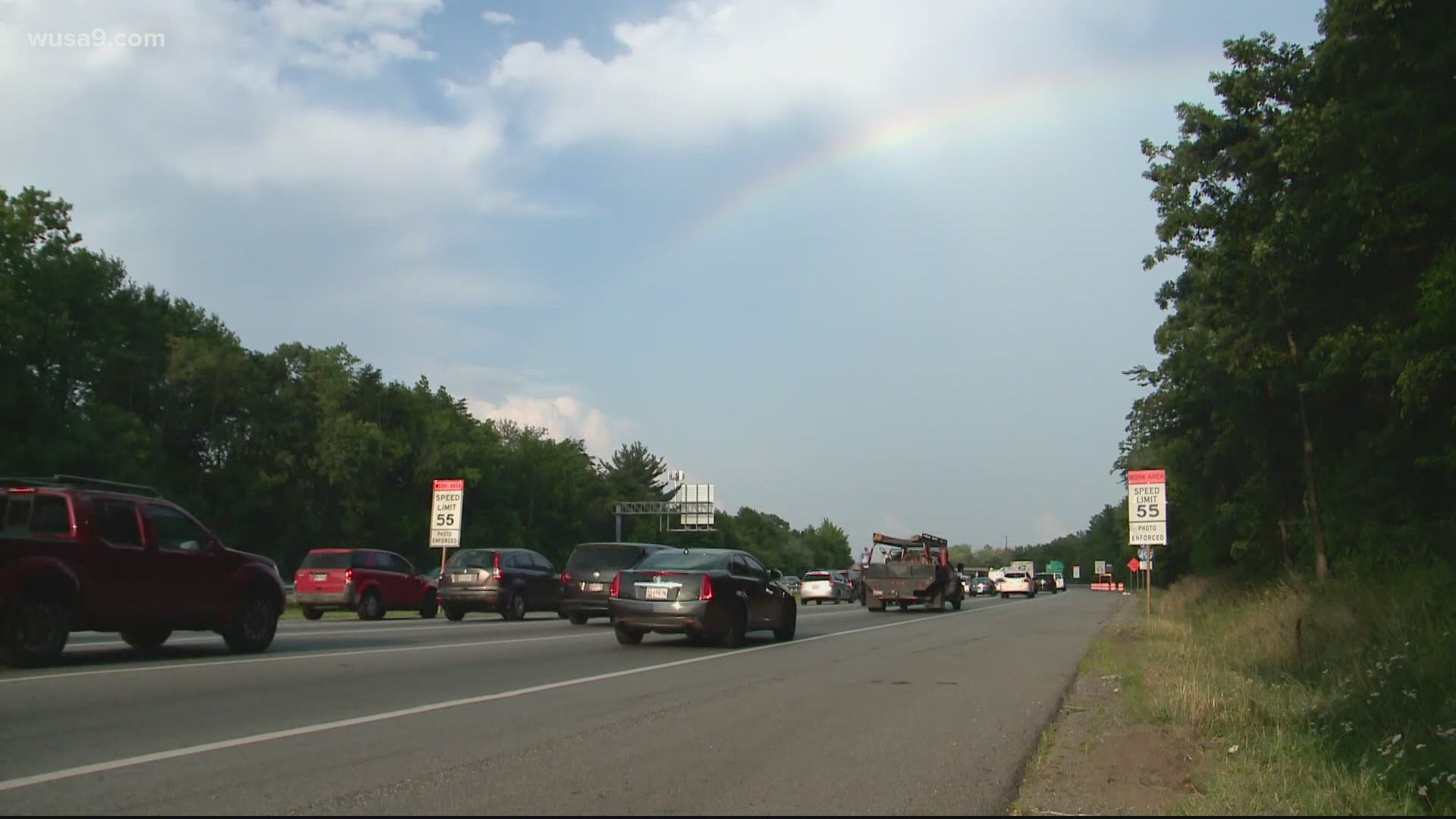GERMANTOWN, Md. — The Maryland Department of Transportation State Highway Association (MDOT SHA) will activate and test a new ramp metering system on the ramp from northbound MD 118 to Southbound I-270, in the Germantown area of Montgomery County on Wednesday, June 23.
MDOT SHA says the test will be the first location activated in a new metering system that will eventually include 22 northbound and 23 southbound I-270 ramps.
The single location will be activated as a flashing yellow signal on June 16, before becoming fully operational on June 23, highway officials said. MDOT SHA is testing the system at this location for one week, and then will deactivate it until the entire system is activated later this year. The northbound I-270 ramp metering system is expected next year.
Ramp metering is a part of the I-270 Innovative Congestion Management (ICM) project designed to help reduce congestion on this busy interstate. The system uses sensors that detect real-time traffic conditions and activate traffic signals, when needed, to more efficiently control how traffic merges onto I-270. This will allow motorists to merge safely onto I-270 while minimizing delay and reducing congestion, MDOT said in a release.
When ramp metering is in operation:
- Motorists will see a warning sign with flashing beacons.
- When the beacons are activated, motorists should be prepared to stop at the stop line.
- Once the signal turns green, drivers may proceed on the ramp and merge onto the highway.
- The signal will allow one car at a time to go from each lane, optimizing traffic flow onto I-270.
The ramp metering signals will have the capability to operate between 4 a.m. and 11 p.m. daily and are anticipated to be active during peak-traffic hours and when congestion is present on I-270.
MDOT SHA says ramp metering is a first for the state, but have been used elsewhere with success.
It's the latest part of the I-270 ICM project to improve highway congestion and traffic flow, first announced by Gov. Larry Hogan in 2016. Other elements include additional auxiliary lanes between interchanges; extension of acceleration and deceleration lanes and reconfiguration and restriping of existing lanes to optimize traffic operations.

